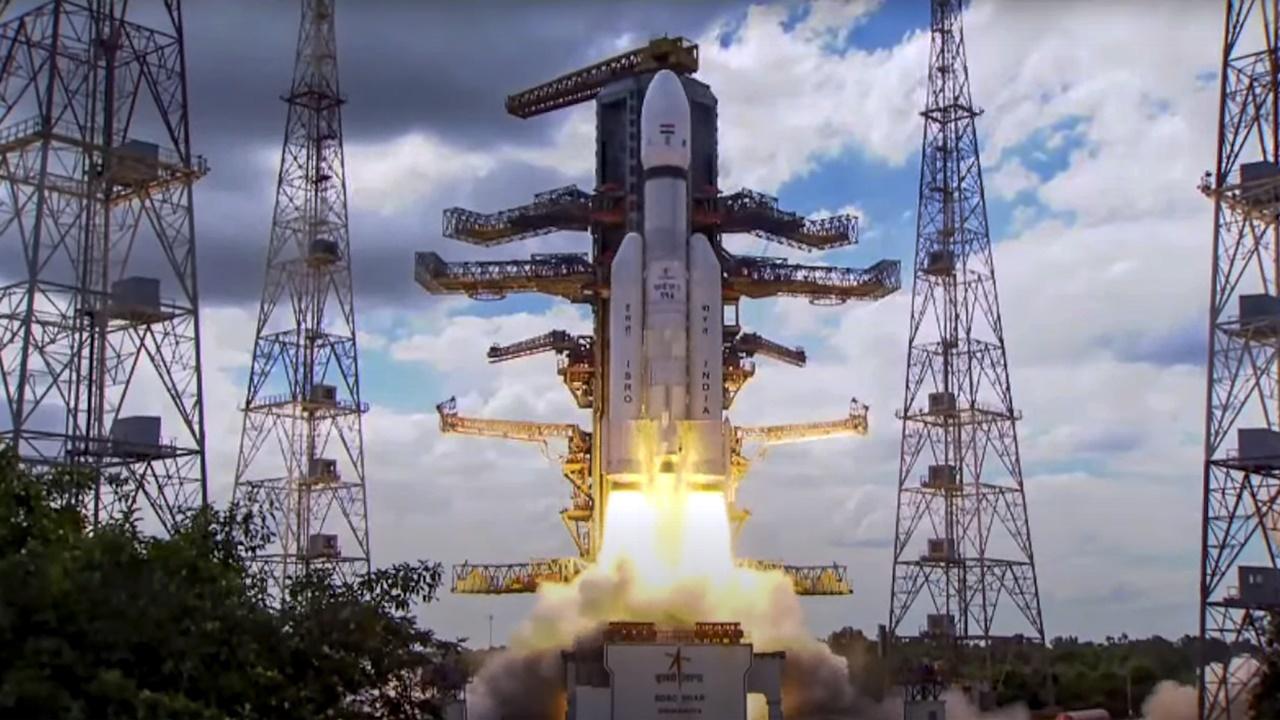Chandrayaan-3 successfully took off at 2:35 pm amid cheers and excitement at Shriharikota, Andhra Pradesh. Chandrayaan-3 successfully entered the third stage -- C-25, and reportedly rockets are performing normally. Rocket already reached an altitude of 220 km above the earth's surface. All pictures: PTI
Updated On: 2023-07-14 03:49 PM IST
Compiled by : Editor


The launch rehearsal simulating the entire launch preparation and process was concluded earlier by the ISRO.
Chandrayaan-3 is equipped with a lander, a rover and a propulsion module. It weighs around 3,900 kilograms. The ISRO's third lunar exploration mission is equipped with eight payloads. The experiments carried out by Chandrayan 3 include the Vikram lander (named after Space scientist Vikram Sarabhai) which carries instruments, Pragyan (Saanskrit for Wisdom) rover carries two instruments and Propulsion Module or the Orbiter carries one experiment.
Vikram lander's experiments include Chandra's Surface Thermophysical Experiment (ChaSTE) to measure surface thermal properties, Instrument for Lunar Seismic Activity (ILSA) to measure seismicity around the landing site, Radio Anatomy of Moon Bound Hypersensitive ionosphere and Atmosphere (RAMBHA) to study the gas and plasma environment, and Passive laser retroreflector array provided by NASA for lunar ranging studies.
While the Pragyan (Saanskrit for Wisdom) rover will carry two instruments to study the surface elemental composition, Alpha Particle X-ray Spectrometer (APXS) that will help determine the elemental composition of the lunar soil and rocks around the landing site and Laser Induced Breakdown Spectroscope (LIBS) which will conduct qualitative and quantitative elemental analysis in order to infer the chemical and mineralogical composition of the lunar surface.
The Propulsion Module or the Orbiter will carry Spectropolarimetry of Habitable Planet Earth (SHAPE) to study Earth's spectral and polarimetric measurements from lunar orbit. This helps scientists analyse the reflected light from exoplanets and determine whether they would qualify for habitability.